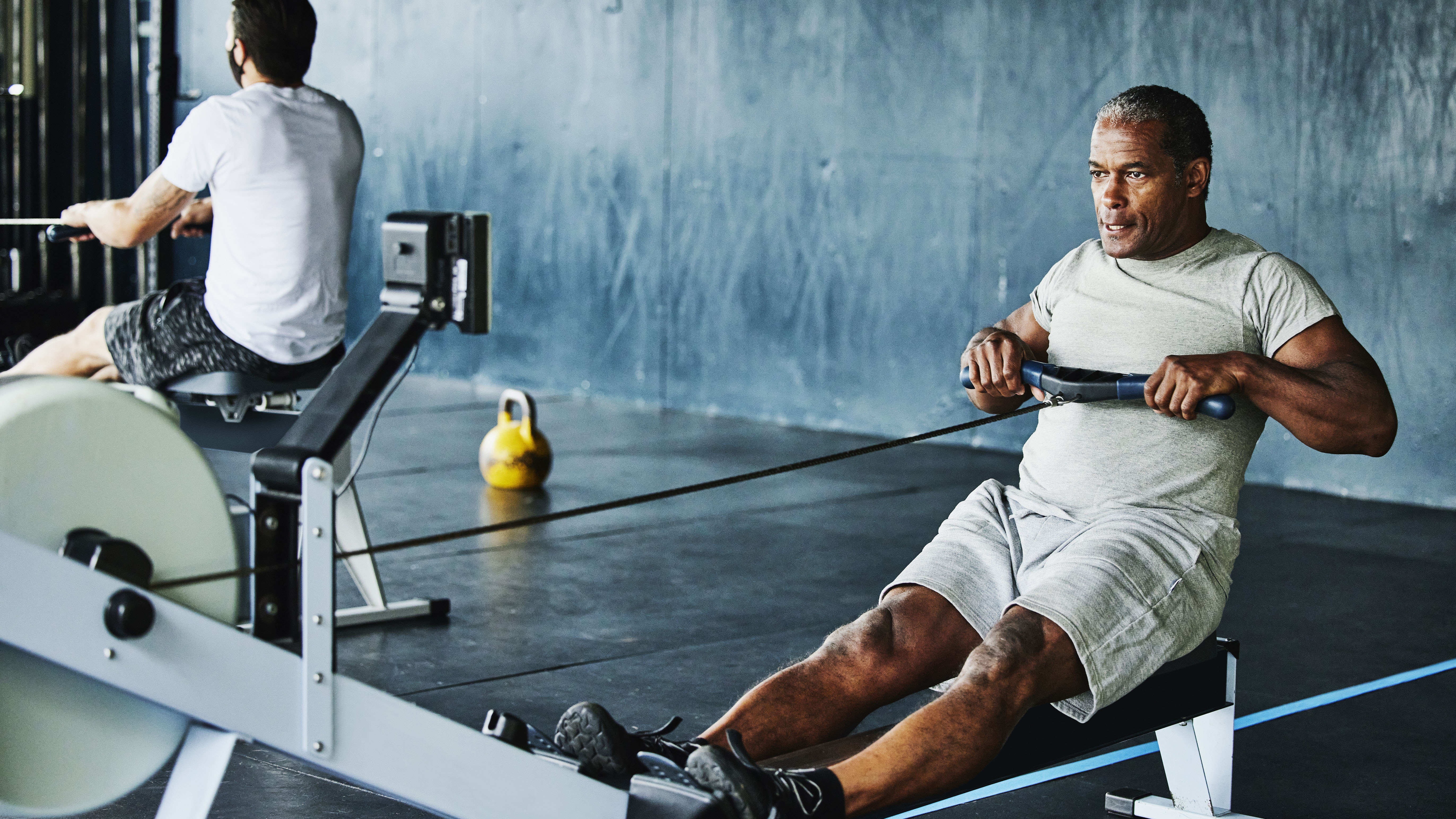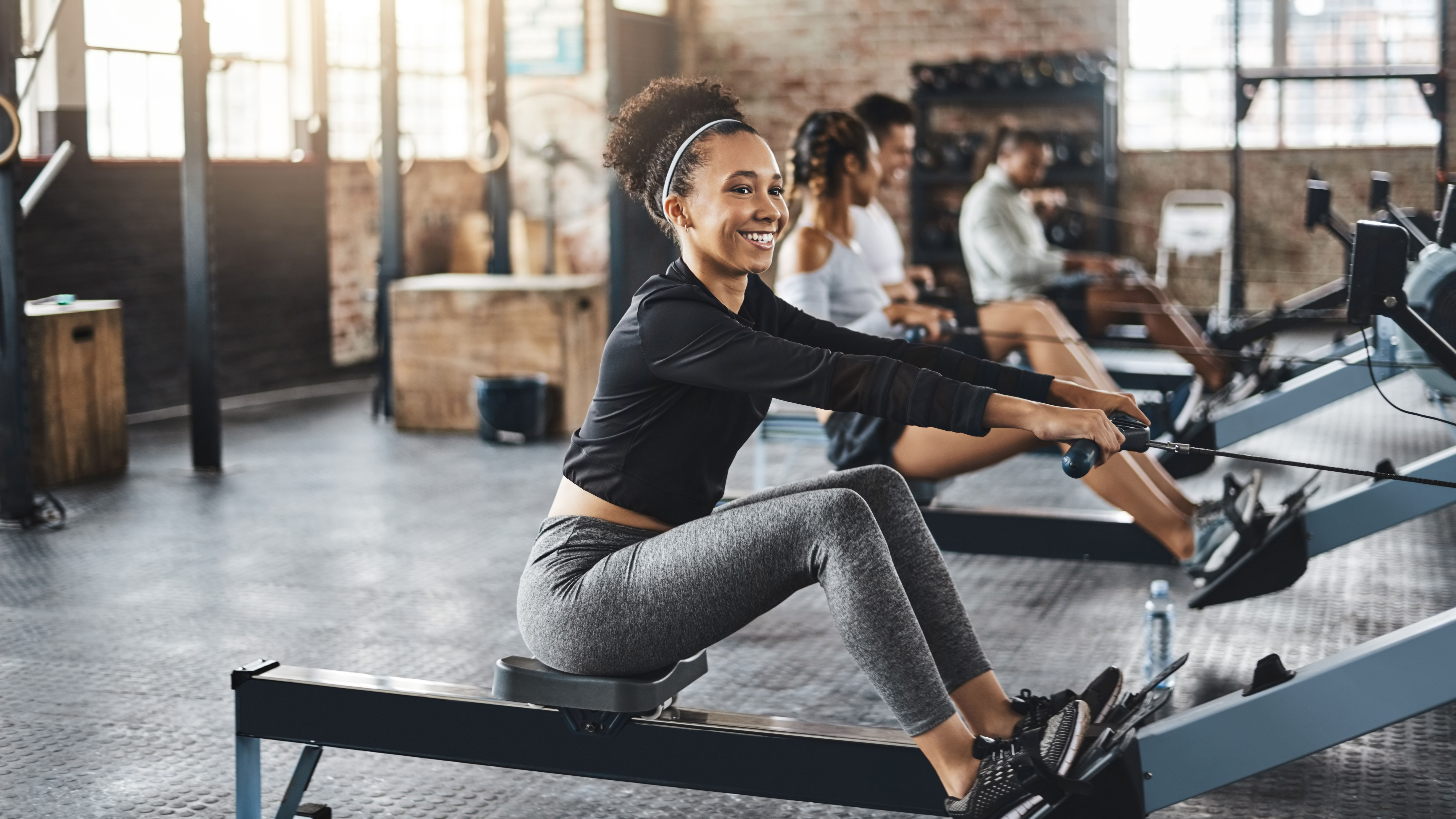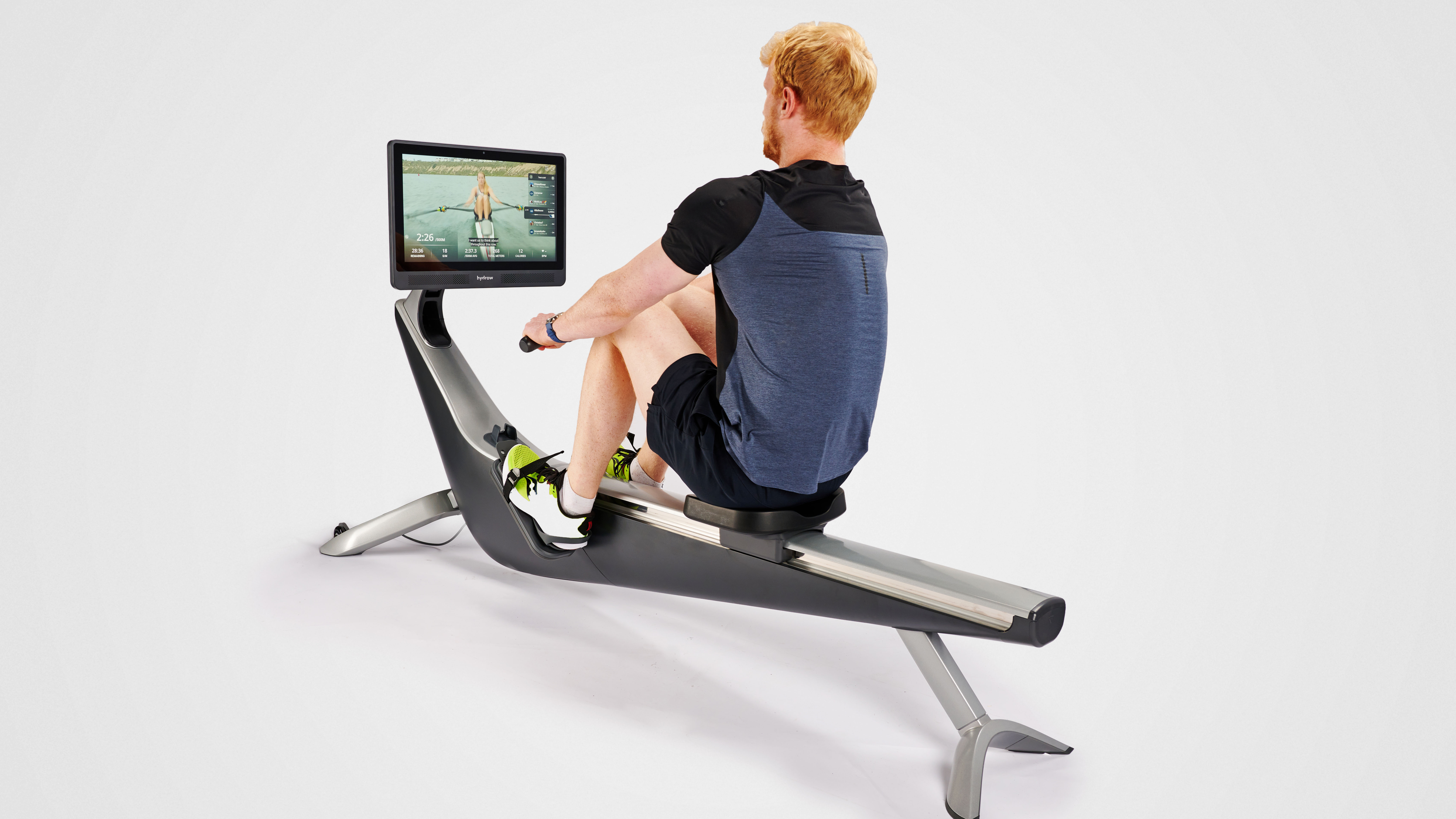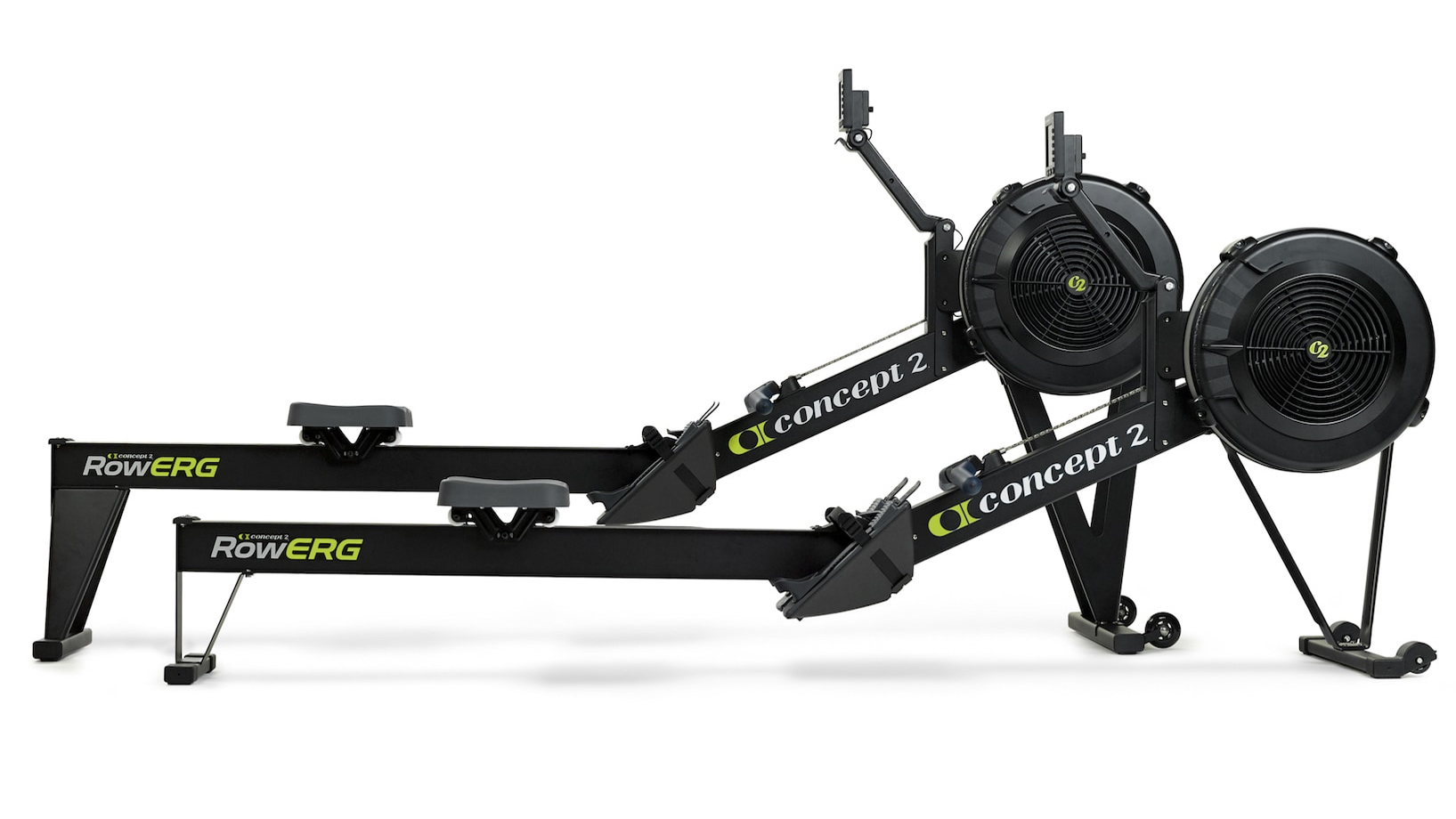Cheap vs expensive rowing machines: what are the key differences?
What you need to know about cheap vs expensive rowing machines

When it comes to cheap vs expensive rowing machines, what are the main differences and do you need to spend a fortune to get a decent workout?
You can buy a basic rower for a few hundred dollars, but if you’re looking for the best rowing machine, then expect to pay from $500 to $2,000. Bear in mind, though, that budget models can be a false economy if you end up with a machine that is hard to use, or breaks within weeks.
Rowing machines, also called ergometers or ergs for shorts, offer a great upper and lower body workout, making them a great way to strengthen and tone muscles while improving endurance.
“Rowing – on a rowing machine or on the water – is one of the best ways there is to get, and stay, fit,” says rowing coach Alex Morgan, who holds two indoor rowing endurance world records.
“Done with correct technique, it’s a low-impact, whole body exercise that’s suitable for all age groups and fitness levels. Although it’s primarily a push sport, using the big muscles of the legs and buttocks, particularly the quads and glutes, it also tones and strengthens the core, back, shoulders and arms.”
In this article we delve into the differences between cheap vs expensive rowing machines to help you make the best decision when it’s time to buy.
- Read more: 10 rowing machine benefits
Resistance types

When deciding between an affordable or expensive rowing machine, look at the type of resistance it provides. This will make a difference when it comes to how noisy, smooth and joint-friendly the machine is. The most popular resistance types are air, magnetic, water and hydraulic.
Hydraulic rowers tend to be cheapest because they are basic. Water resistance rowing machines are often the most expensive as they offer the most realistic “feel” when rowing.
Personal trainer and rower Greg Small says: “The resistance of the machine will depend on how well the user maintains it.”
Features

The more you spend on a rowing machine, the wider range of features you can expect. A basic rower will usually come with a hard plastic seat and basic console with metrics, such as speed, time and distance monitoring. Spend more and you may get a heart rate monitor, a sturdier frame, and padded, adjustable seats.
The most expensive rowing machines will usually have a TV screen and offer online classes. You might even be able to fold it away after use, like the ProForm 750.
Small says that spending more on a rowing machine is worth it. He’s a fan of the Concept 2 machines. “The monitors are easy to use and will provide the user with a variety of workouts (distance, time, intervals, target games). There are also other more expensive rowing machines, which have online classes that consumers can make the most of if they have more money to spend.”
As the rowing coach Morgan says: “There’s a reason why rowing clubs and gyms all over the world have Concept 2 RowErgs (from $900). These are also the machines used for in-person and virtual national and international competitions. Cheaper brands aren’t robust enough or sufficiently adjustable and programmable.
“The Concept 2 computer monitor allows you to create exercise programmes, see your speed and power, keep a full record of your progress and connect to apps, such as Erg Data.”
Console types/live classes

Cheaper rowing machines tend to have basic consoles rather than a TV screen, but if you want to do live classes you can still subscribe to an app, or watch free videos on YouTube or online.
If you’re someone who likes the group training atmosphere, and find it motivating, you may prefer to invest in a rower that comes with an in-built TV and online content, like the NordicTrack RW900.
Morgan says: “You can pay thousands for machines with built-in TV screens and class subscriptions but this is unnecessary. If you don’t want to row alone, online gyms, such as the one I use – PowerRowing.com – offer reasonably priced Zoom workouts that you can join on your phone or tablet, while the excellent ZoomErgos.com runs classes led by rowing celebrities, including former Olympians, on a donation basis.”
Durability
More expensive rowers will cost more because they are made from superior materials and use the latest tech to provide a premium experience. Hydraulic rowers tend to be the least durable and this is reflected in the low price. If you want something to last, opt for a water, magnetic or air resistance rower.
Morgan says: “My Concept2 RowErg is used every day and is showing no signs of wear despite having rowed several million meters.
“If you can’t afford a new Concept 2 or are unsure that erging is for you, try one in a gym or buy secondhand. Newish models hold their value well and sell for close to the original price, which means if you do buy new then decide to sell after the 30-day return window has expired, you won’t lose much. Well-maintained older ones, with earlier monitor specs – which are still usable – are available for a few hundred dollars.”
Warranty

Many expensive rowing machines will come with lifetime guarantees on the frames and anywhere from three to five years on other parts. Cheaper rowers often just have a 90-day warranty.
“The Concept2 (shown above) comes with a 30-day money-back guarantee, a five-year warranty on most parts and a two-year warranty on the remainder. Provided you take reasonable care of them, wiping the rail after use, vacuuming out the dust now and again, and doing other basic maintenance checks according to the manufacturer’s recommendations, you should get years, even decades, of use,” says Morgan.
And Morgan has final advice when it comes to using your rowing machine, whether you opt for a cheap or expensive one.
“Many people using rowing machines do so with poor technique, turning the resistance up to max and pulling like crazy using arms, back and legs all at once. This is not how it should be done and developing bad habits like this can cause serious long-term damage.
“If you’re planning to take up the sport, it’s vital to learn correct stroke sequencing and how to set the drag factor (resistance) for your size and fitness. Ideally, you should do this through a club-based learn-to-row programme or from a qualified gym professional. But if this isn’t possible, you can study videos online: DecentRowing.com is a good place to start.”
Alternatively, have a read through our step-by-step guide on how to use a rowing machine properly.
Sign up for the Live Science daily newsletter now
Get the world’s most fascinating discoveries delivered straight to your inbox.

Maddy Biddulph is a freelance health and fitness journalist with over 26 years of experience working for consumer media in the US and UK. As a Level 3 personal trainer and weight loss advisor she is used to trying out and reviewing the latest health and fitness products. At Maddy Biddulph Personal Training, she runs one-to-one and small group sessions, as well as group exercise classes. She specializes in mobility work with seniors and runs regular chair workouts in her hometown of Oxford.










